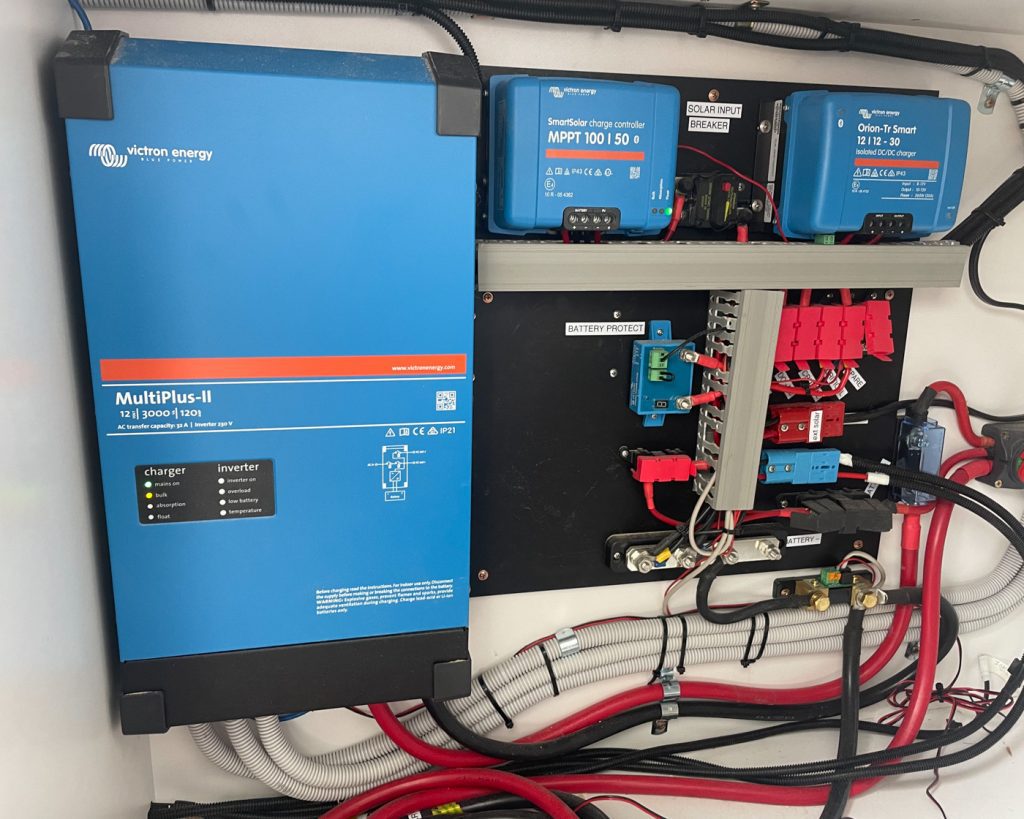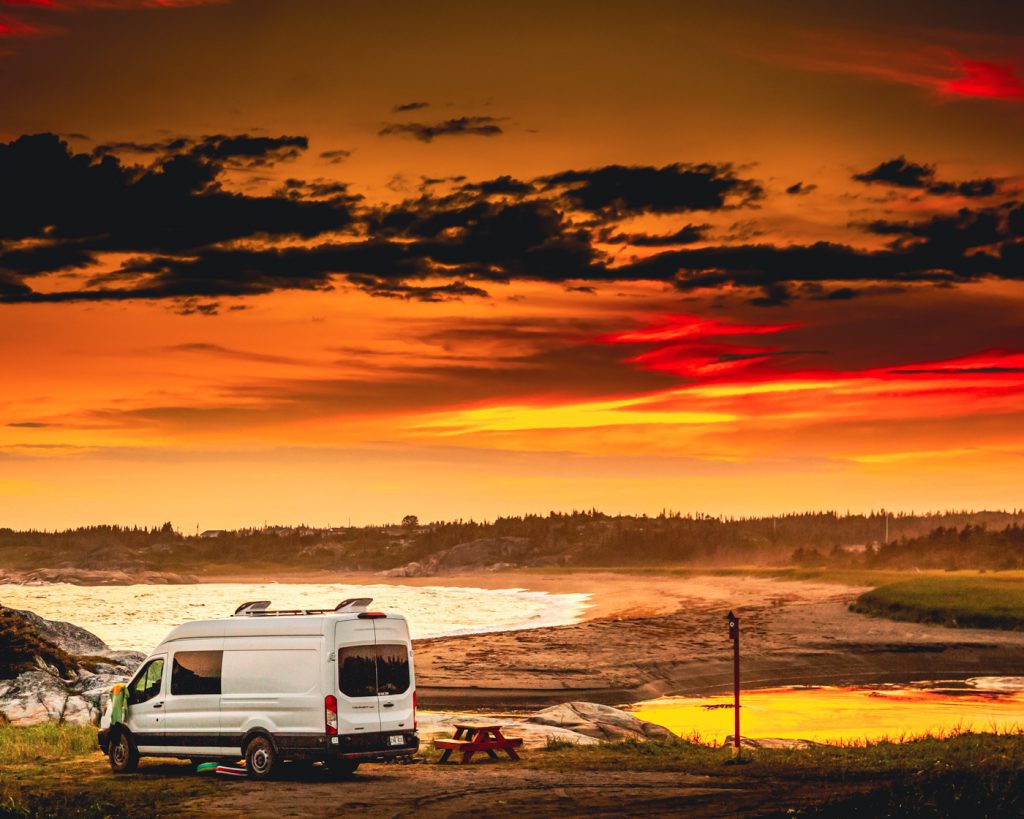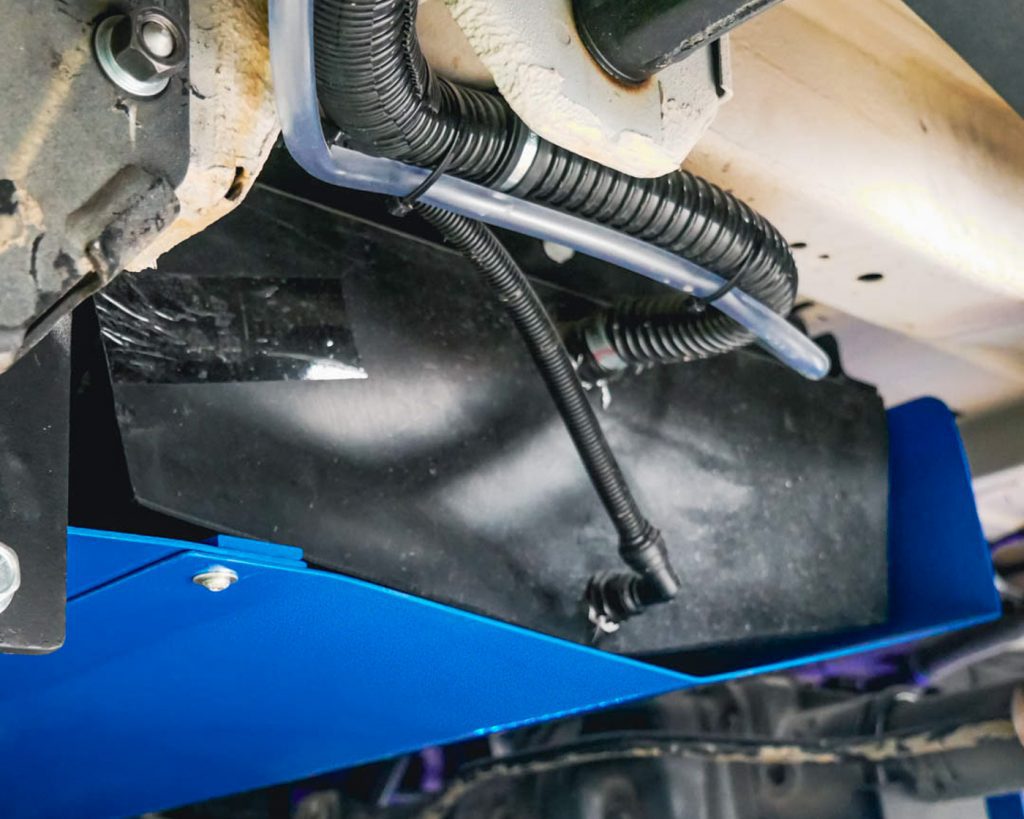If you’re in the process of converting a van into your new home on wheels, one of the most important decisions you’ll make is what power setup to use. There are many factors to consider, from the size and type of battery to the number of solar panels you need. In this blog post, we’ll walk you through 10 steps to choosing the perfect power setup for your van conversion!
Step One: Determine Your Power Needs
The first step is to determine your power needs. How much power do you use on a daily basis? What appliances will you be running in your van? Will you need to recharge your laptop or other devices frequently? Answering these questions will give you a good starting point for choosing the right power setup for your needs.

Step Two: Choose the Right Battery
There are two main types of batteries used in van conversions: lead-acid and lithium. Lead-acid batteries are typically cheaper, but they’re also heavier and have shorter lifespans than lithium batteries. Lithium batteries are more expensive, but they’re lighterweight and have a longer lifespan. If you’re not sure which type of battery is right for you, consult with a professional or do some research online to compare the pros and cons of each option.
Step Three: Consider Solar Power
Solar power is a great way to generate energy for your van conversion without relying on hookups at campgrounds or other public places. The initial investment can be expensive, but solar panels can pay for themselves over time and provide you with a renewable source of energy. If you’re interested in solar power, do some research to determine how many panels you’ll need to generate enough energy for your needs.

Step Four: Choose the Right Inverter
An inverter is a device that converts DC (direct current) power to AC (alternating current) power. This is the type of power that most appliances and devices use. When choosing an inverter, it’s important to consider the wattage rating and the type of outlets it has. Some inverters also have built-in surge protection, which can be helpful if you live in an area with frequent thunderstorms or other weather events that can cause power surges.
Step Five: Select the Right Wiring and Cables
The wiring and cables you use in your van conversion are just as important as the other components of your power setup. Be sure to choose high-quality, durable wires and cables that can handle the amount of current you’ll be drawing. Also, make sure the wires are properly rated for the voltage of your system (12V, 24V, or 48V).

Step Six: Install a Battery Monitor
A battery monitor is a great way to keep an eye on your power usage and make sure you’re not draining your battery too quickly. Some battery monitors also have built-in solar charge controllers, which can help optimize the charging of your batteries from your solar panels.
Step Seven: Consider a Backup Generator
A backup generator can be a lifesaver if you lose power due to bad weather or another unforeseen event. When choosing a generator, keep in mind the wattage rating, fuel type (gasoline, propane, or diesel), and noise level. You’ll also want to make sure the generator is compatible with your van’s electrical system.
Step Eight: Decide if you need to hook into shore power
If you plan to camp in developed campgrounds or other places with hookups, you may not need a generator or solar power system. In this case, you can simply plug into shore power and use the AC power from the campground’s electrical system. However, if you want to be able to camp off the grid, you’ll need a self-sufficient power system.
Step Nine: Protect Your Electronics with Surge Protectors
Surge protectors are a must-have for any van conversion. They help protect your electronics from power surges that can damage or destroy them. When choosing surge protectors, look for ones that have high wattage ratings and multiple outlets.
Step Ten: Get Professional Help if Needed
If you’re not comfortable wiring your own van conversion, or you need help troubleshooting your power system, it’s best to consult with a professional. An electrician or other qualified technician can help you choose the right components and ensure that your system is installed correctly and safely. Be sure to get in touch with our team if you need any support with your power system.
Now that you know the basics of choosing a power setup for your van conversion, it’s time to get started planning your own system. Keep these tips in mind, and you’ll be well on your way to having a van that’s fully equipped to handle all your vanlife adventures. Happy travels!



